
Vatican City, May 17, 2019 / 03:30 pm (CNA).- The Vatican announced Friday that a former Curial official accused of sexual solicitation in the confessional was found not guilty after a penal process at the Church’s highest canonical court. Previous reports had indicated that the allegations were investigated by the Vatican, but had not indicated that the matter was resolved by a formal judicial process.
Fr. Hermann Geissler, 53, is a member of Familia spiritualis Opus (FSO), informally known as “Das Werk.” The priest served as an official at the Congregation for the Doctrine of the Faith from 1993 until Jan. 29.
Geissler stepped down from his position after a former member of “Das Werk,” Doris Wagner, claimed last year in a lengthy piece in the German newspaper DIE ZIET that she had been sexually harassed in the confessional by a member of the religious community she then belonged to, identified in the article as “Hermann G.”
Geissler has maintained his innocence since the allegations first . The solicitation of a sin against the sixth commandment within the context of confession is considered in the Church law to be a “grave delict,” or offense, for which a priest can be dismissed from the clerical state.
A communique issued May 17 by the Vatican’s Supreme Tribunal of the Apostolic Signatura said that after an administrative penal process, a five-judge panel “issued the decree of acquittal of the accused,” because the allegation was not “proven with due moral certainty.”
That release clarifies a May 16 release from Geissler’s religious community, which said that a decision was made at the Supreme Tribunal of the Apostolic Signatura, “after a preliminary investigation according to Canon 1717,” that the “above-mentioned case does not constitute a delict.”
The “preliminary investigation” is the canonical process that precedes a formal trial. An administrative penal process, by contrast, is a kind of expedited canonical trial, at which judges hear evidence and arguments regarding an allegation, without all of the formal requirements of an ordinary trial. The Signatura’s release clarifies that Geisler was in fact subject to formal charges, for which he was found not guilty.
The administrative penal process is the same canonical procedure that was used earlier this year to try former cardinal Theodore McCarrick. McCarrick was found guilty of sexually abusing minors and adults, and of sexual solicitation in the sacrament of penance.
Geissler is well known as a theologian and a scholar of Bl. John Henry Newman. His religious community has not yet announced what next he will do.
If you value the news and views Catholic World Report provides, please consider donating to support our efforts. Your contribution will help us continue to make CWR available to all readers worldwide for free, without a subscription. Thank you for your generosity!
Click here for more information on donating to CWR. Click here to sign up for our newsletter.



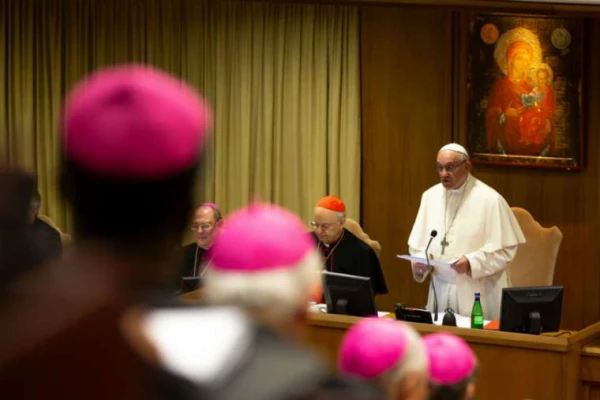
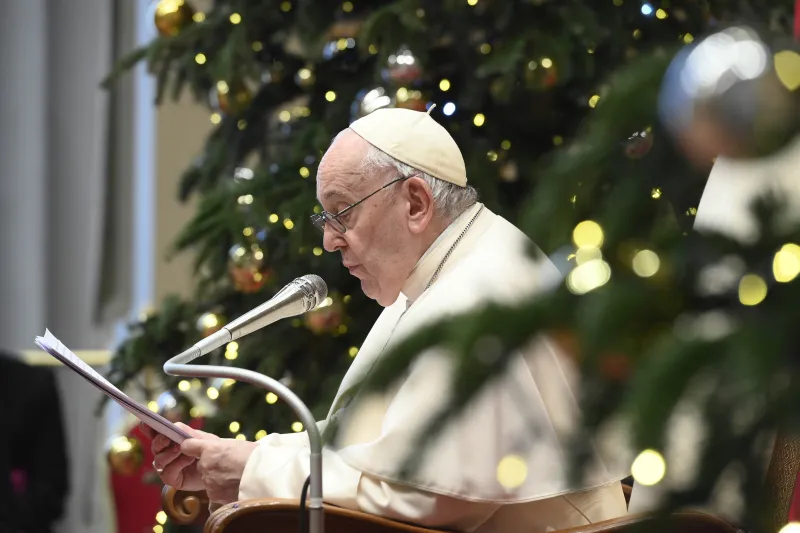
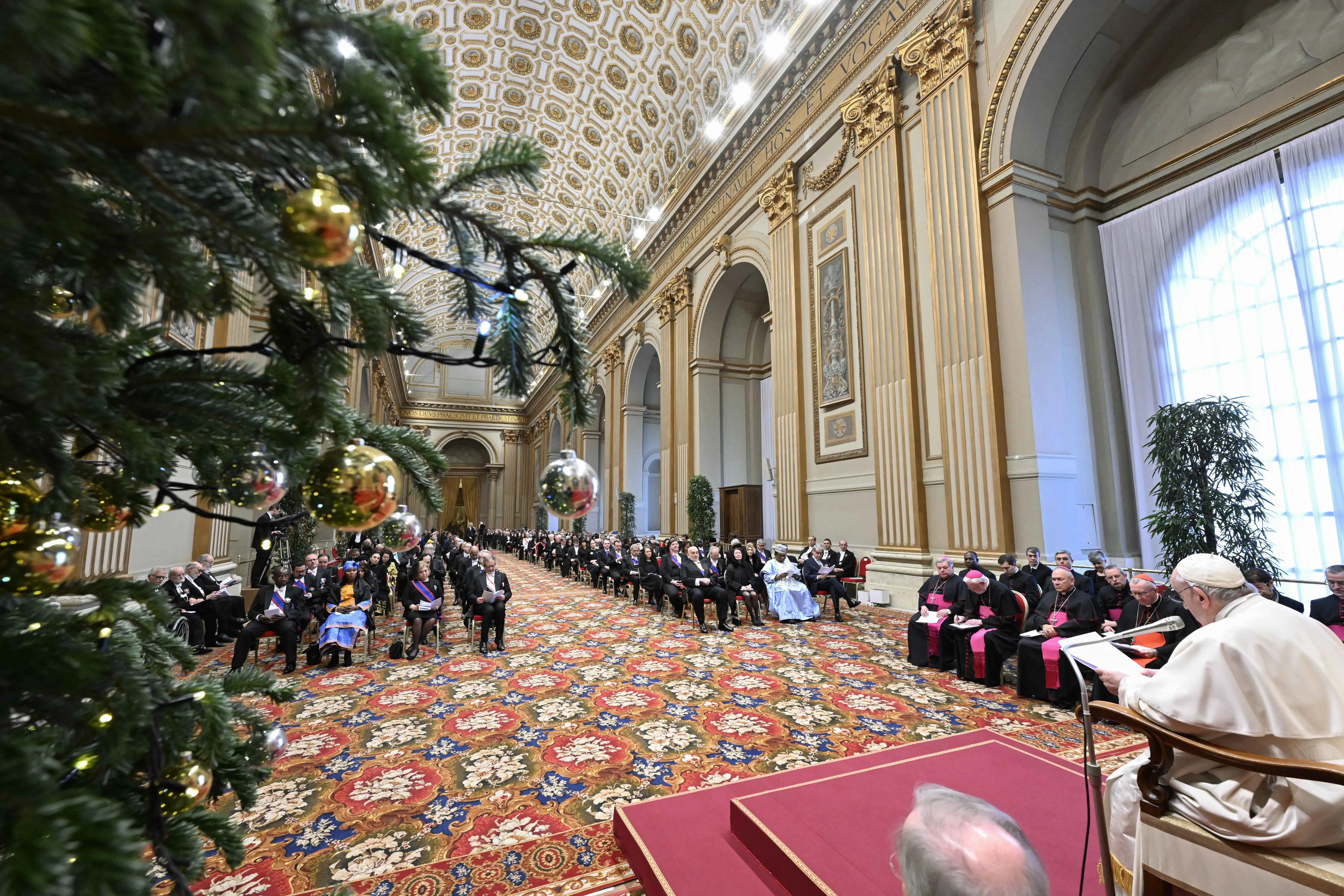
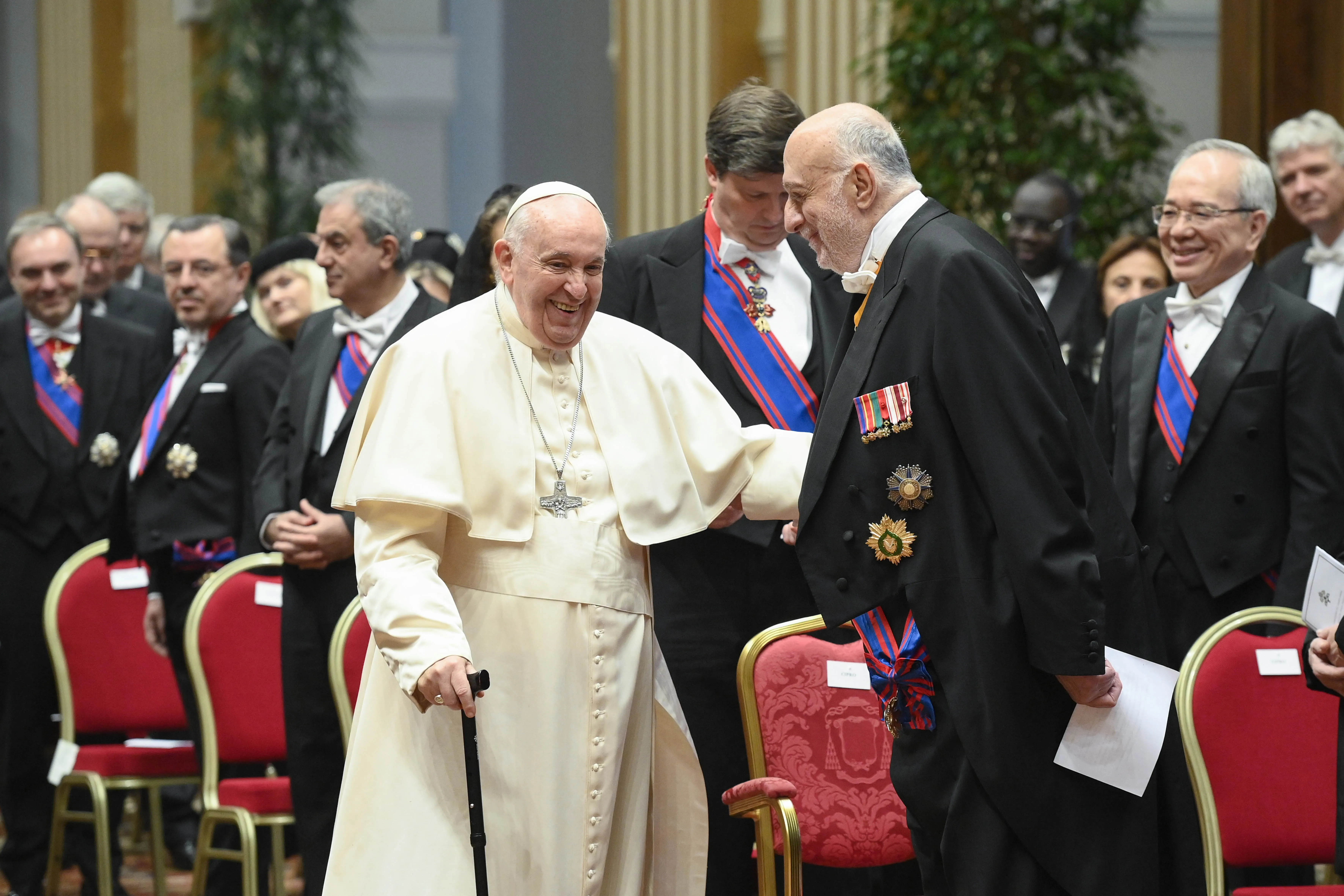

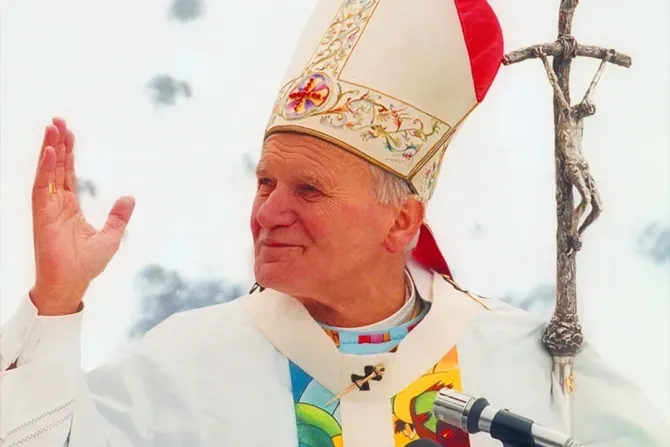
Leave a Reply